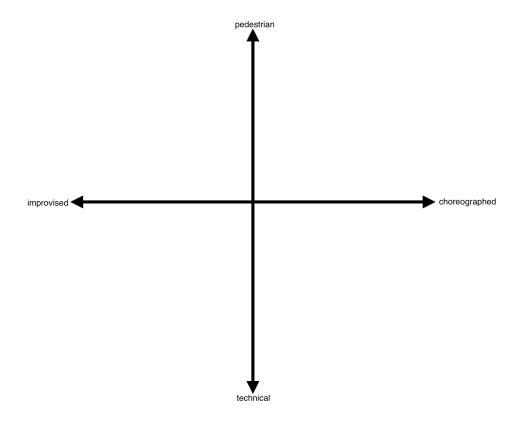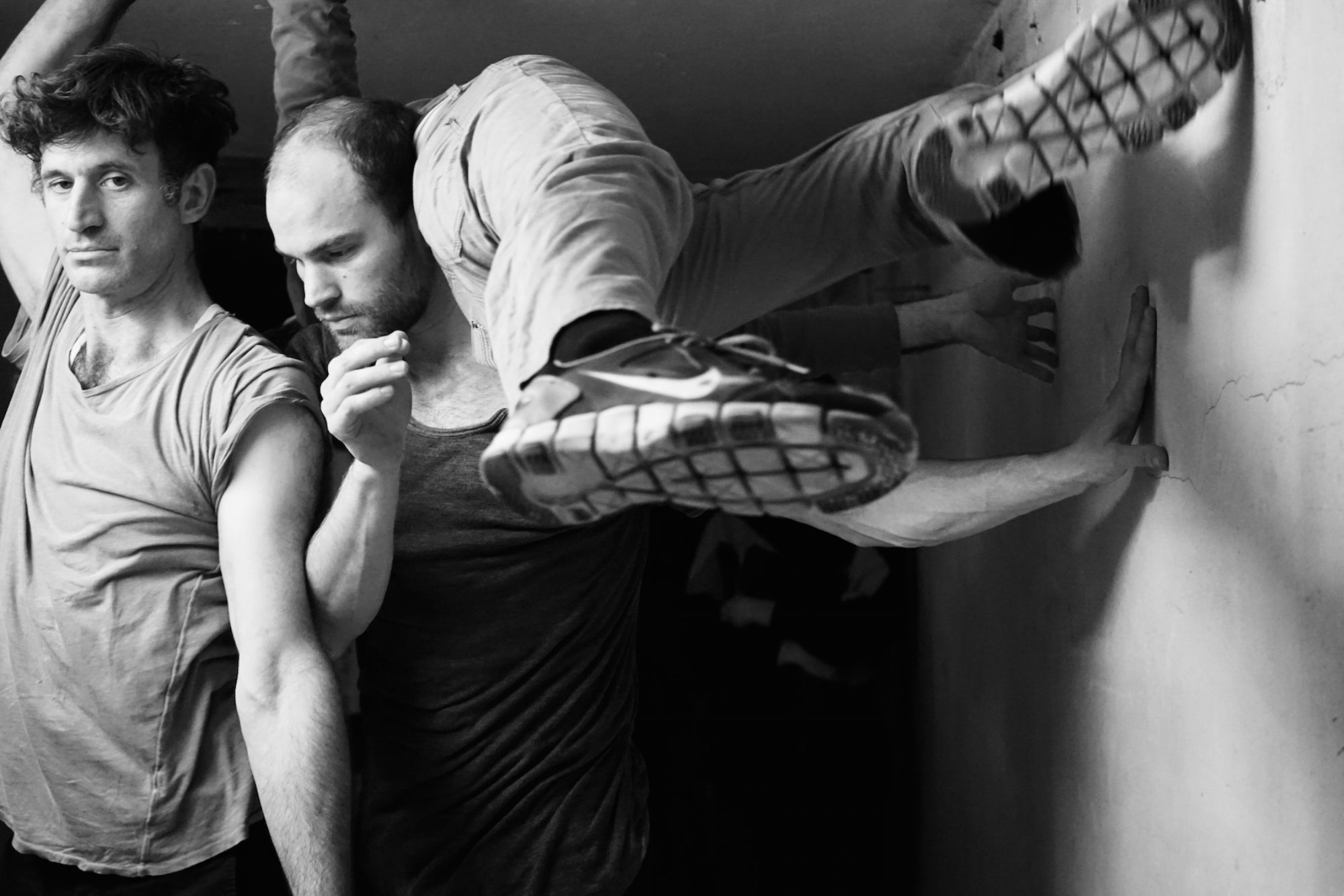Real-Space Composition
Repetition

Oh, the Places you’ll go
This means that every act that is composed of A, is also composed of A’s predecessor and successor. – Phenomenology & Mind : Noema and Thinkability : An Essay on Husserl’s Theory of Intentionality by Lukasz Kosowski pg 67.
in other words: Where you are is determined by where you have been and determines where you can go.
Improvising the technically pedestrian choreography
“While improvisation initially offered Jones a reprieve from the demands of technical training…” – page 115 from I Want To Be Ready by Danielle Goldman.
This quote refers to the choreographer Bill T. Jones. While it may be true that improvisation did offer Jones a respite from the rigors of technical training, I find that this statement sets up, or rather is indicative of an old and antiquated antagonistic binary about improvisation and technique.
I would say that good improvisation requires technical training. The opposite of improvisation is choreography. And to do choreography doesn’t require technical training but merely memory.
A dancer’s relationship to time, i.e., improvisation or choreographed, has nothing to do with technical training. Choreography can be technical or not, improvisation can be technical or not. Though, I would posit that untechnical improvisation isn’t improvisation, but merely futzing about, regardless of how enthusiastic it is. Choreography, on the other hand, is merely remembering a sequence of events.
Technical, pedestrian, improvised, choreographic…one does not imply the other
On Orientations | one place after
Presence vs. Awareness
The new decade
doesn’t start until the end of 2010.
C’mon, people…get it right.
What’s the rush?
100 more years on top of 140 million isn’t much.
